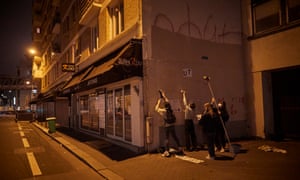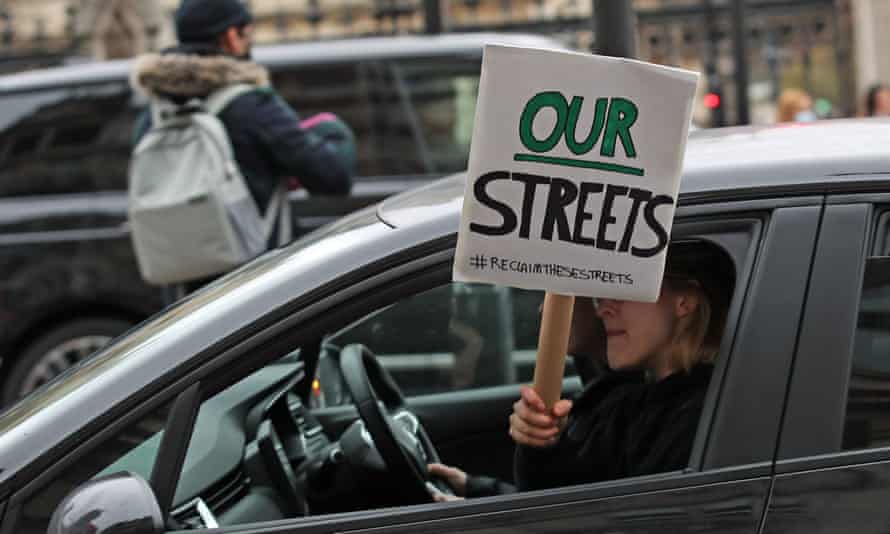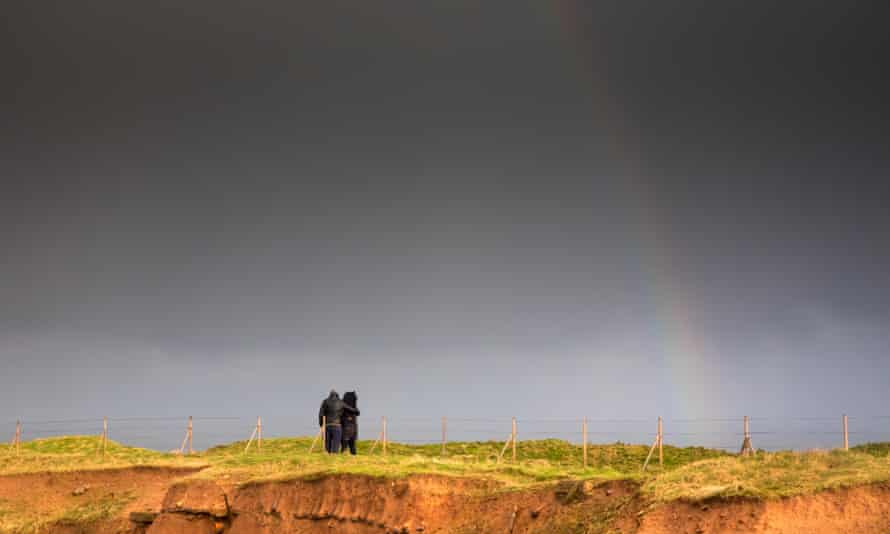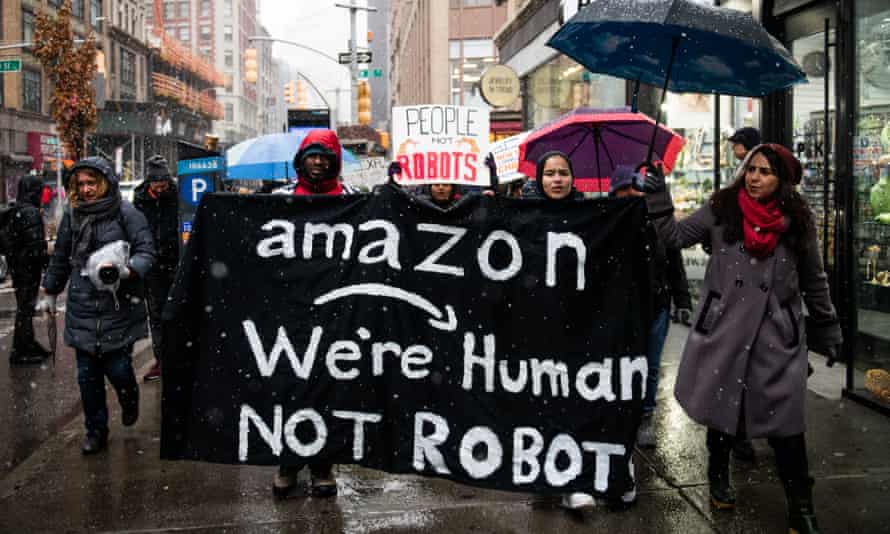3/23/2021
VIDEODuration: 1 minute 24 seconds
A Banksy painting showing a young boy playing with a toy nurse as a superhero has sold for more than $30 million, setting an auction record for the elusive British street artist.
Key points:
'Game Changer' pays tribute to frontline health workers during the pandemic
It fetched a record price on the one-year anniversary of the UK going into coronavirus lockdown
Banksy has released a series of COVID-themed artwork over the past year
'Game Changer', which was unveiled last May at University Hospital Southampton, paid tribute to the frontline workers of Britain's National Health Service (NHS) in their fight against the COVID-19 pandemic.
The black-and-white artwork shows a young boy lifting a nurse, her arm stretched and wearing a cape, while traditional superheroes Batman and Spiderman lie in a bin behind him.
In a Christie's auction streamed live, the painting sold for a hammer price of 14.4 million pounds ($26 million).
Added fees gave it a final price of 16.758 million pounds ($30 million), a world auction record for Banksy, according to Christie's.
The painting had carried an estimated value of around $4-6 million going into the auction.
The sale took place on Tuesday as Britons marked one year since Prime Minister Boris Johnson ordered the nation into its first lockdown.
A minute's silence was observed to remember the more than 126,000 people in the UK who have lost their lives to the virus.
Banksy has been busy during the pandemic, releasing several pieces that have caused amusement and sparked topical debate.
Last April, he created a new artwork in his bathroom that showed his trademark stencilled rats running amok around the sink and toilet.
He posted photos of the work on his Instagram account as he abided by stay-at-home orders, along with the comment: "My wife hates it when I work from home."
In October, his Show Me the Money work, a twist on the impressionist's painting, sold for $13.9 million at auction.
And then in December, a mural of a sneezing woman by Banksy appeared on a house at the end of one of the steepest streets in Bristol, his birthplace.
Banksy posted pictures of the work on his official Instagram account, along with the comment "Aachoo!!"
The mural showed the woman's false teeth propelled through the air and her handbag and walking stick sent flying by the violent sneeze.
But his work isn't universally beloved — his undercover graffiti on the London Underground last July — was scrubbed clean by Transport for London.
Banksy, whose true identity is a closely guarded secret, has been an active artist since 1990.
ABC/Reuters
 Otherworldly ... That Cloud Never Left
Otherworldly ... That Cloud Never Left


















 ‘
‘